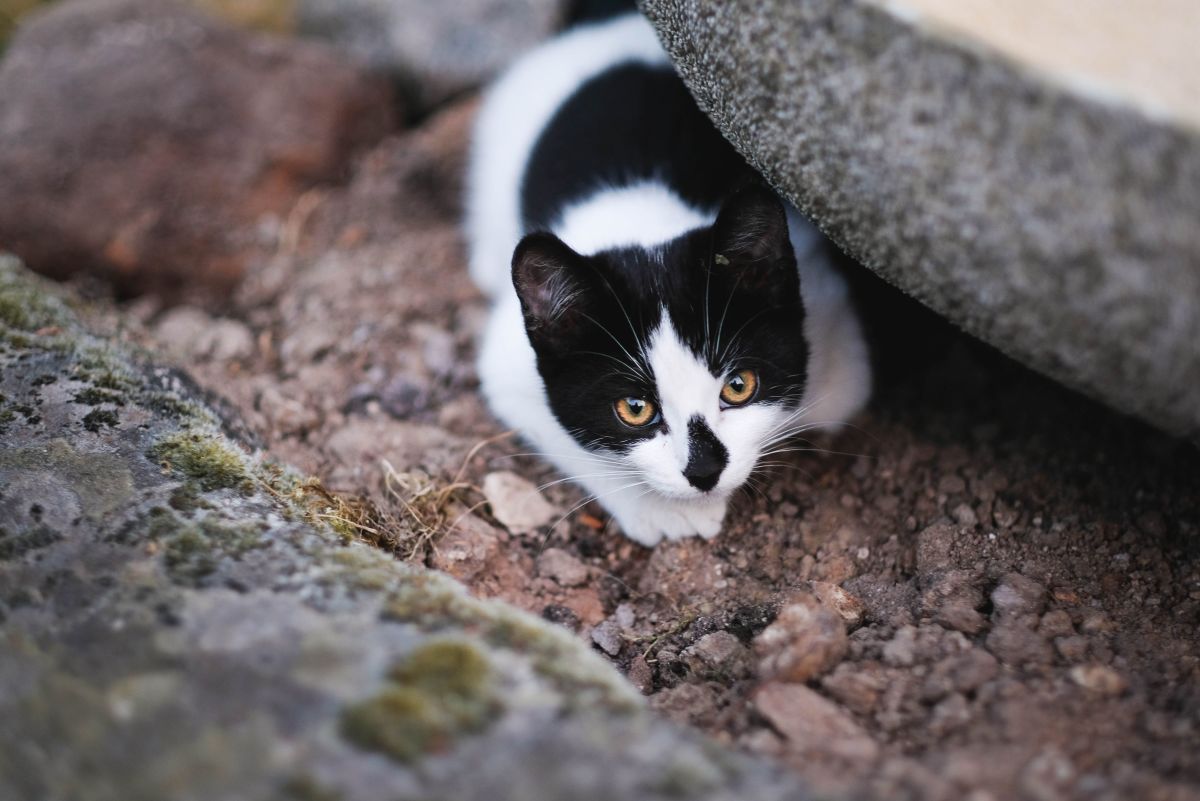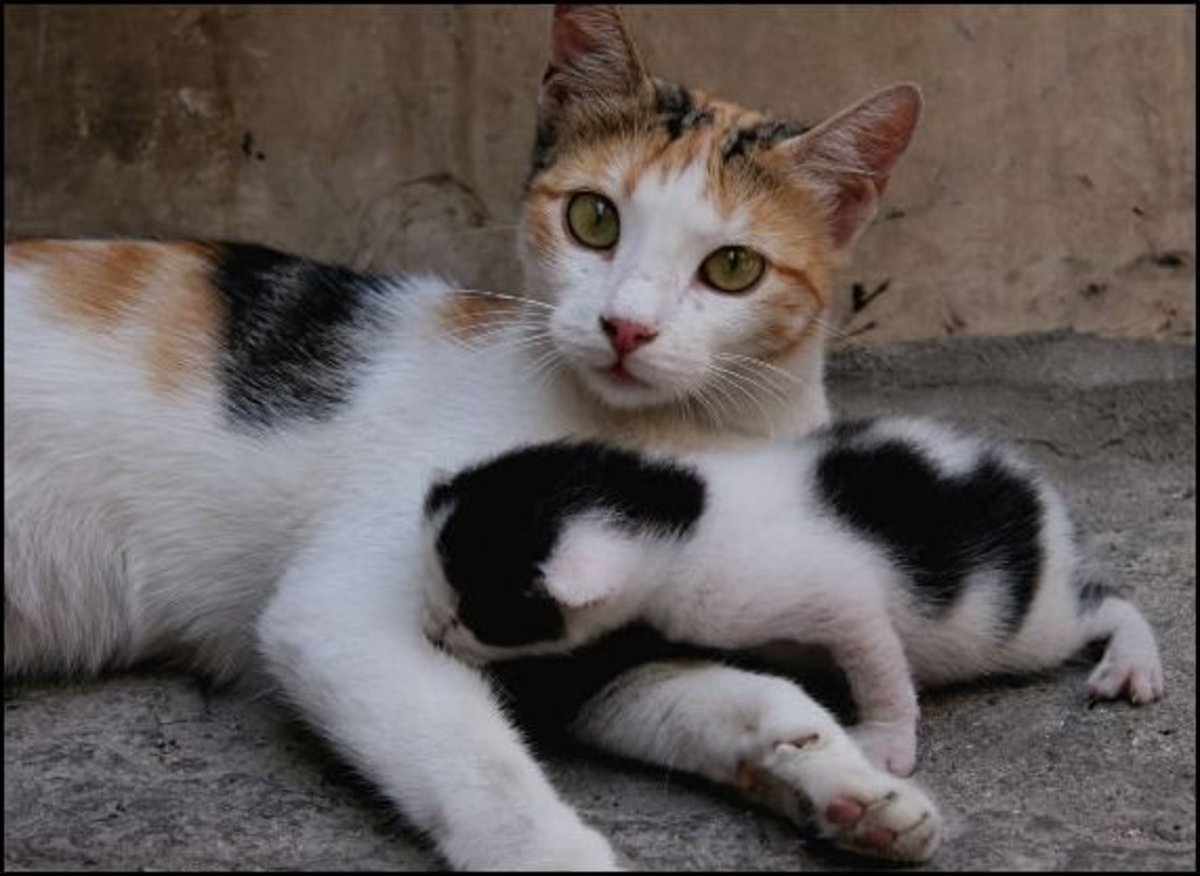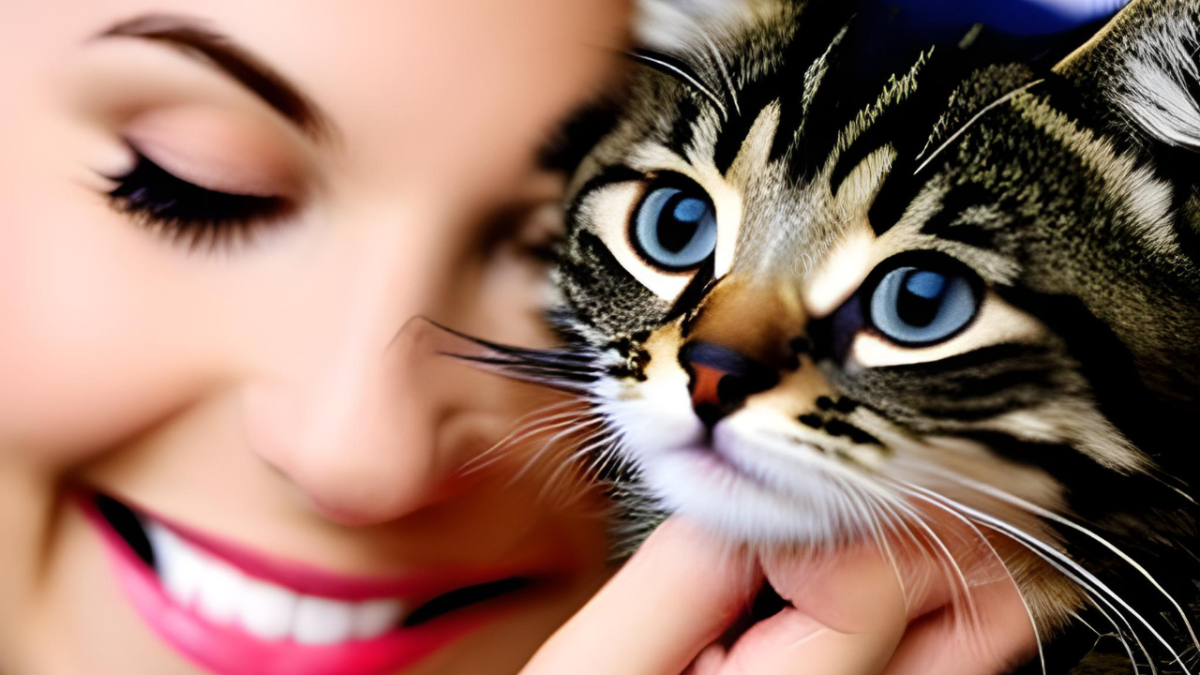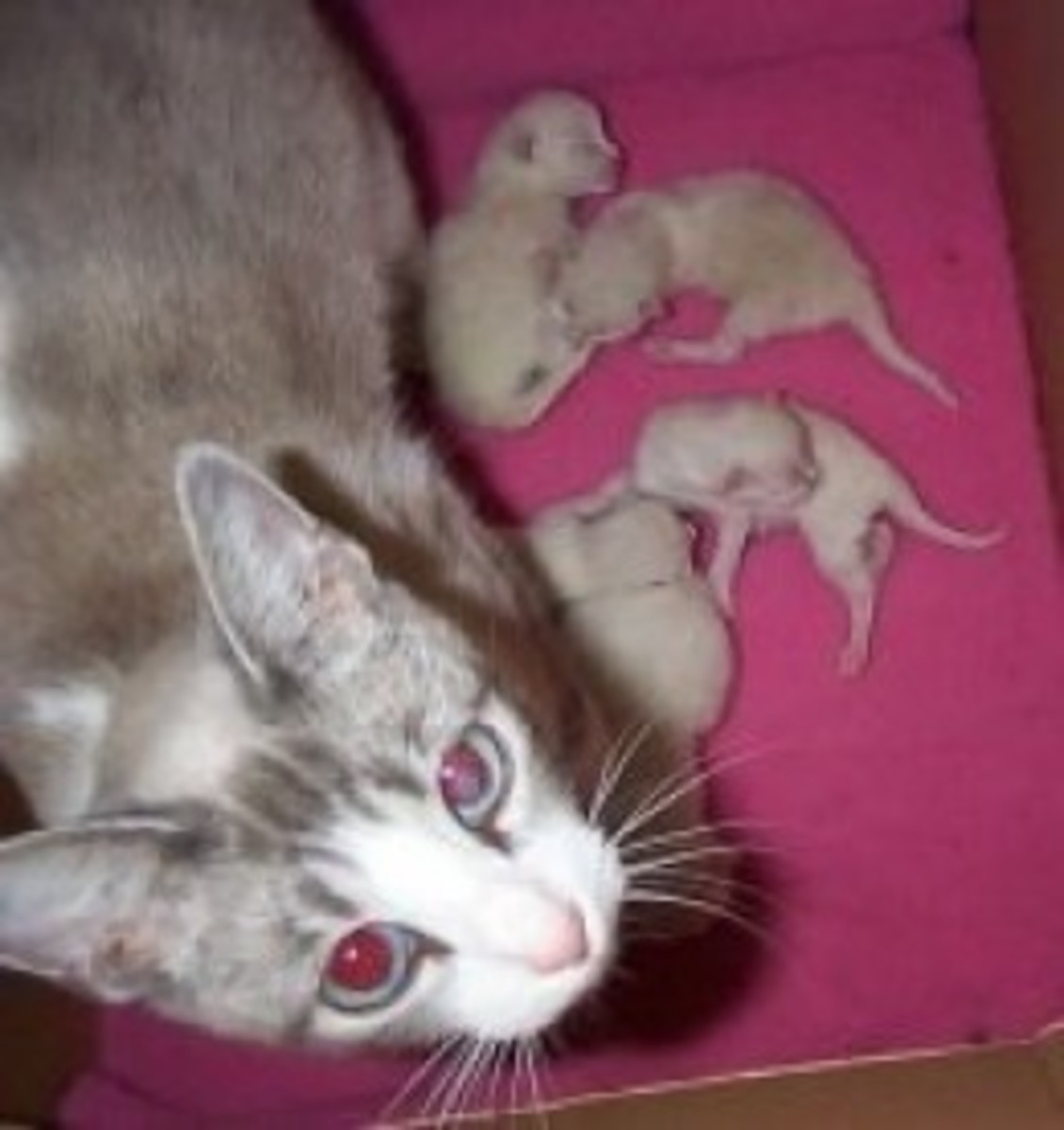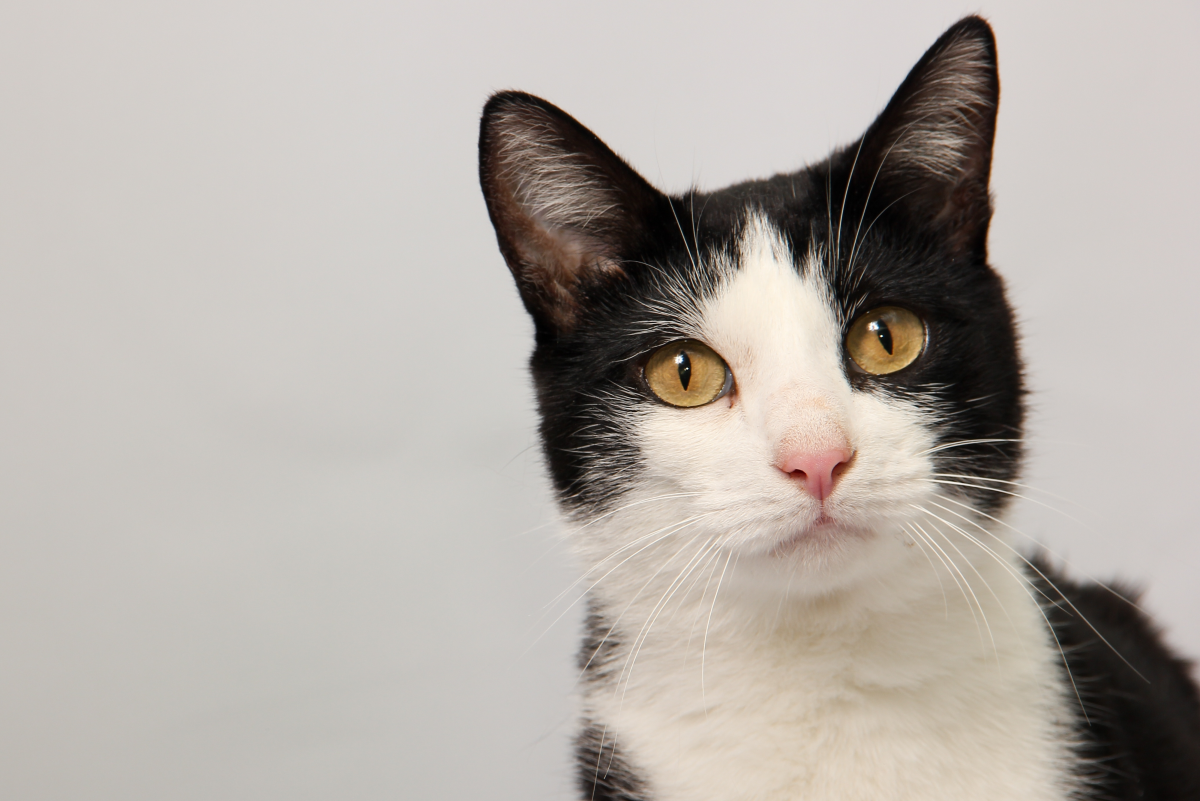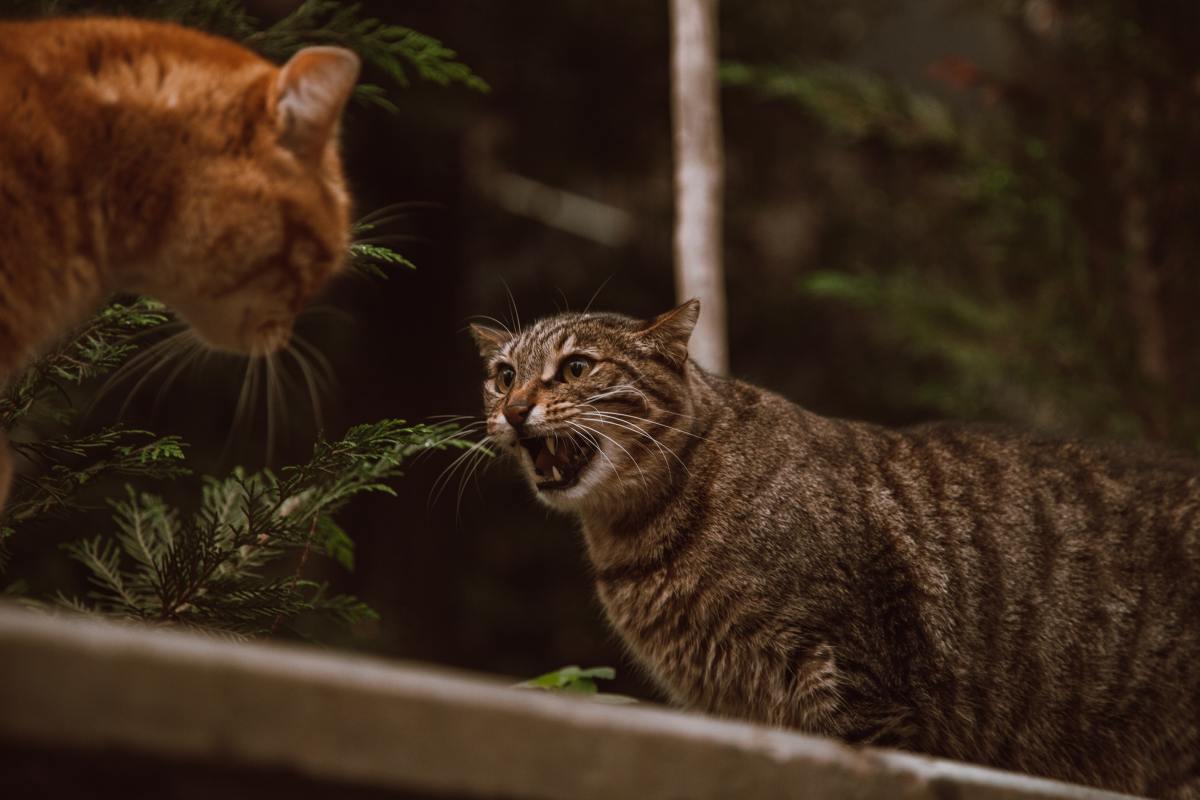Things you should do when your Cat is a Kitten
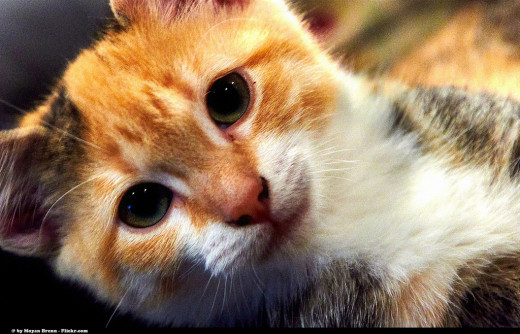
So you just adopted a new kitten! What is cuter than enjoying your new cuddly best friend? Now is the time to give your kitten the best start in life before they grow up to be grown adult cats when it becomes more difficult to train, correct bad behaviors, break habits, and even address health issues that could have been prevented.
My husband and I recently adopted two kittens, Frida and Diego. Though we both had cats when we were younger, it had been several years since we raised kittens on our own which prompted us to want to do everything right in the next few months to avoid mistakes that might cause us and our kittens to have to break bad habits in the future.
Besides playing with and cuddling your new best friend there are some important things all cat owners should do while their new pets are still kittens before they mature into cats. Learn 10 things below you should do while your cat is still a kitten to ensure your new pet grows up to be happy and healthy.
Establish Your and Their Environment
Do you have a kitten?
The first thing you should do to get your kitten comfortable in their new home and with their new family is to start by establishing their environment. The slower the better when it comes to helping kittens get used to something.
We have all heard stories about skittish cats that run and hide whenever someone comes to the door or will not let their owners pet them. Now is the time when your kitten is young to help them get comfortable with their environment and establish a good foundation with the family and their home so they build the confidence they need to be a happy adult.
Some ways to build an engaging, kitten-friendly environment:
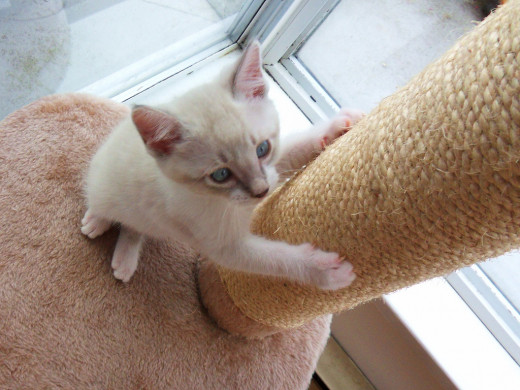
-
Invest in a scratching post:
To help protect your own home environment and give kitty a place to scratch, this should be on your must-buy list before you bring your new pet home.
-
Litter box and feeding areas:
Establish designated litter box and feeding areas and introduce them to your kitten. Most kittens do not want to use the potty in the same place they eat so keep the litter box in a separate area.
-
Sleeping areas:
It’s tempting to want to cuddle with your kitten at night, but before inviting your kitty to share your bed, you should decide if that is something you want to do long term. If you like having your bed to yourself or if you are sensitive to dander or hair, it might be a good idea to invest in a comfy sleeping bed for your kitten at night.
Learn to Speak Kitten
Knowing what your kitten is trying to tell you will help you understand and meet their needs and help the two of you get off to a good start to build the foundation for lifelong communication with your feline.
The most common feline nonverbal cues:
Flicking tail
| Puffed up tail
| Rubbing
|
Tail up/down
| Touching noses
| Eye contact
|
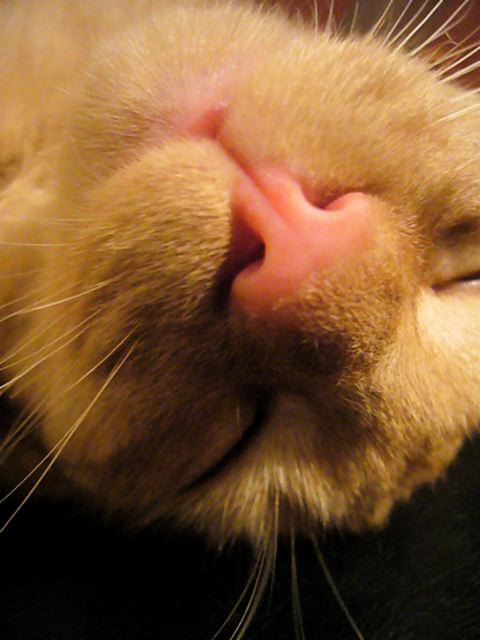
-
Flicking Tail:
When your cat flicks its tail when holding it high, it usually means he or she is very content. If he or she flicks their tail when in a down position or when your kitten is crouched, it probably means he or she is deep in thought or ready to pounce.
-
Tail Up/Down:
Holding their tail high is an indication that your cat is feeling happy and content. This is a good time to approach your kitten. If their tail is down, however, your cat might be feeling tired or sad.
-
Puffed Up Tail:
You will most likely see your cat’s tail puffed up when he or she is scared, startled, or feels like they are in danger. You may want to reassure your cat that everything is ok.
-
Touching Noses:
Once you start to bond with your kitten, you will probably notice that the like to bump noses with you. This is your cat’s way of expressing affection and feels comforted.
-
Rubbing Behavior:
Felines are full of scent glands. If you notice them rubbing against you, they are marking you with their scent, indicating that you ‘belong’ to your cat. This is a very good sign of bonding.
-
Eye Contact:
Just like humans, you can tell a lot about your kitten through their eyes. Wide, dilated pupils indicate your cat is in play mode whereas squinting eyes indicate a sign of affection. You can also use your eyes to communicate back to your cat. If they are misbehaving, make a wide-eyed expression and look them in the eye to show your dominance.
Now that you understand the nonverbal cues, what does your kitten’s meow mean?
It may take a few days to get to know your kitten’s meow. Pay attention to when they are meowing or under what circumstance. If they meow the same time every day or when you get close to their feeding area, they are probably asking you for food. If they rub against you while meowing they are probably asking for affection.
Some kittens are more vocal than others, so if your normally quiet kitten begins meowing more often than normal (or vice versa) it may be an indication that they are not feeling well so it wouldn’t hurt to bring them in for a vet checkup if they do not sound like their normal self.
What your kitten's meow means
Get to Know Each Other
Now that your kitten has a comfortable environment and you’ve learned how to communicate with each other, it’s time to really get to know one another to establish a strong bond before your kitten grows into an adult.
A couple common kitty myths:
-
Kittens are very playful so I do not need to carve out extra playtime:
Even though your kitten will probably entertain themselves during the day, you should still make a point to have a couple of play sessions with them every day to help your kitten feel comfortable with you and keep them engaged.
-
Sharing food with kitty will help us bond:
While your kitty may beg you for a taste off your plate, don’t do it. Not only will it mess with their metabolism and nutrition, but you will create a really bad habit by giving into their begging.
Teach your Kitten to Play Nice
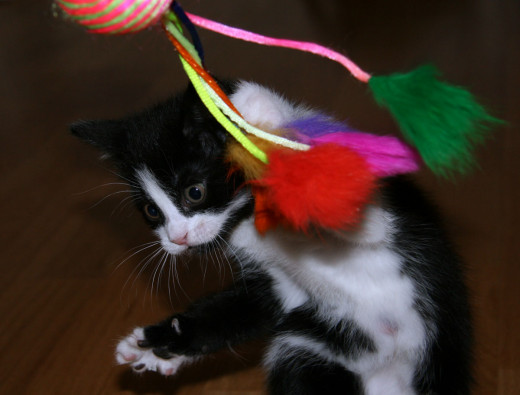
Kittens are in the perfect phase of life to understand how to play nice. There is time for rough play and time for nice play and it’s up to you to teach them the difference. Here’s some tips:
-
Never use your hands or fingers to play. This will encourage biting and roughhousing.
-
Invest in fishing pole type games or soft, plush mice to encourage playtime.
-
Give kitty a treat after play time is over so they understand when playtime is done and reward them.
-
If kitty gets too rough, try clapping or snapping or making a loud noise like “no” or “uh-uh.” If kitty still doesn’t stop, get out of the room and walk away, ignoring them. You’ll have to do this each time your kitten plays too rough until he/she learns to play nice.
Socialize as much as possible
Socialize your kitten with other people and animals as much as possible while they are young. Try to bring visitors over so they get used to being around people when they are younger and will not grow up to be skittish.
Train, Train, Train
Training is imperative when your kitten is young. If you’ve ever heard the saying “you can’t teach an old dog new tricks;” the same goes for cats.
Try starting by teaching your kitten his or her name. Call him or her over to you and give the a treat, repeating their name over and over then giving them a scratch on the head. Move back a few feet and continue to call the kitten toward you, repeating his name and adding a word like “come.” Make gestures to show your kitten you want him or her to approach and when he does, reward with another treat.
Train kitten to come when called
Avoid Teaching Bad Habits
Bad habits will be really hard to break when your kitten is an adult so start now to avoid bad habits in the future.
Some bad habits to avoid:
-
Playing with your hands.
Playing with your hands or fingers can encourage your kitten to bite and even rough play.
-
Jumping on your table or countertops
Teach them young not to jump up on surfaces where you prepare food.
-
Scratching furniture
Make sure to provide a scratching post that’s easy to access and distract your kitten with a toy and a firm “no” or loud noise if he scratches inappropriately.
Begin Grooming Early
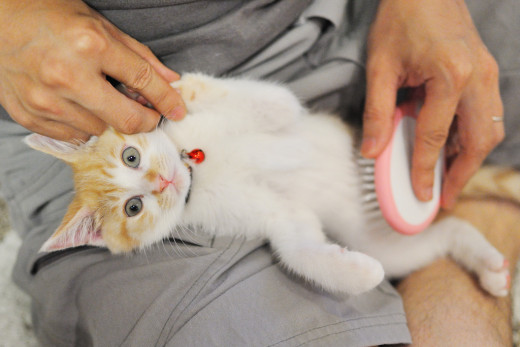
Just like breaking bad habits early, it is a good idea to start getting young cats used to grooming while they are young so they do not put up a fight when they are older.
-
Clipping nails
If your kitten doesn’t like you to get close to him to clip his nails, start slow by playing with or stroking his paws while petting. He will gradually get used to the idea of you touching his paws and nails.
-
Brushing
Try brushing your kitten during petting when they are in a calm, cuddly state. Chances are, they will love the way brushing feels and will be an extra affectionate treat like petting
Prepare them for Lifelong Good Health
If you’re a pet owner, this one is probably a no-brainer. Cats need regular vet check-ups, especially when they are young to make sure they are current on shots and have a healthy start in life. Your vet can also catch any health issues now while your kitten is young to avoid them from progressing into adulthood.
Some ways to keep your kitten in good health:
Consistent diet
| Current shots
| Lots of playtime
|
Regular vet check ups
| Spay/neuter
| Stimulating environment
|
Give them Lots of Love
Above all, making sure you show your kitten lots of love when they are young is a sure recipe for a happy, lifelong friend.
Some ways to show your affection:
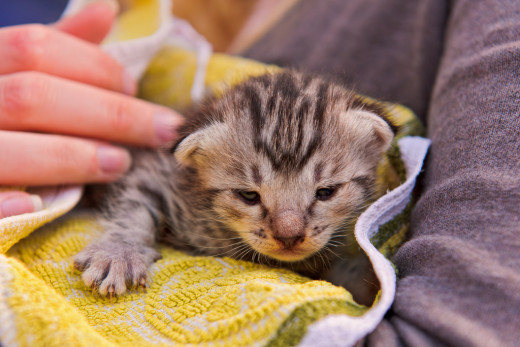
-
Cuddle up close and nuzzle your kitten. Remember, kittens show affection by bumping other cats on the nose so return the gesture.
-
Carve out lots of playtime for kitty where you can actually engage with them using a variety of toys.
-
Scratch them behind the ears, under the chin, around the neck, and on the shoulders.
-
Figure out if your cat likes to be held or simply stroked.
-
Keep lots of treats on hand to reward your kitten for good behavior and to give them something special once in a while.
Are you a cat mom or dad? What are some other things you did while your kitten was young to ensure they grew up into a healthy cat?
Are you someone who is thinking about bringing a kitten home? What are some of your concerns? Share your thoughts in the comments!

